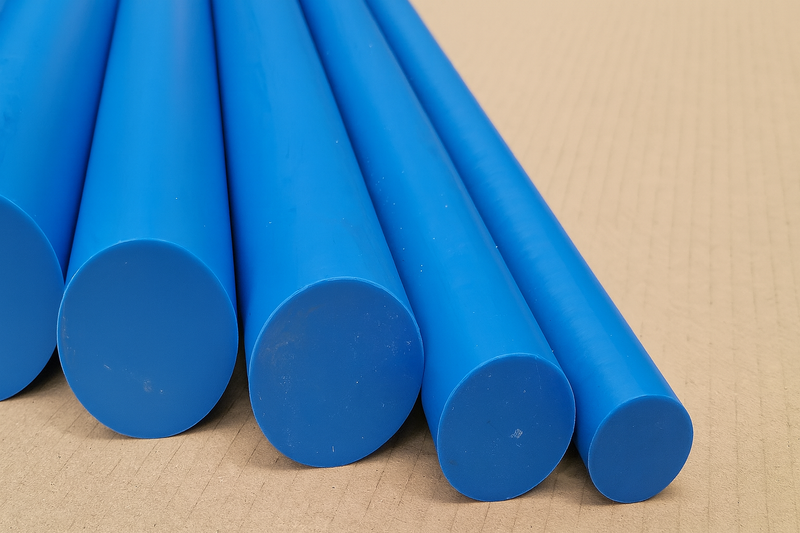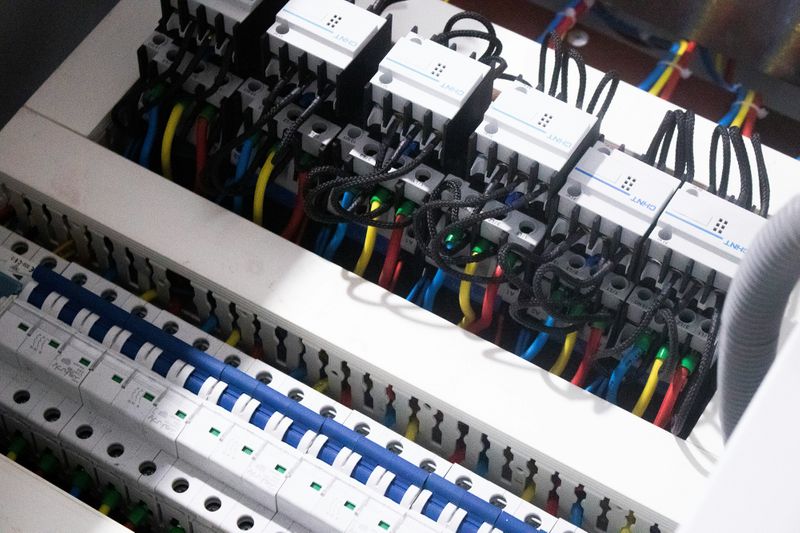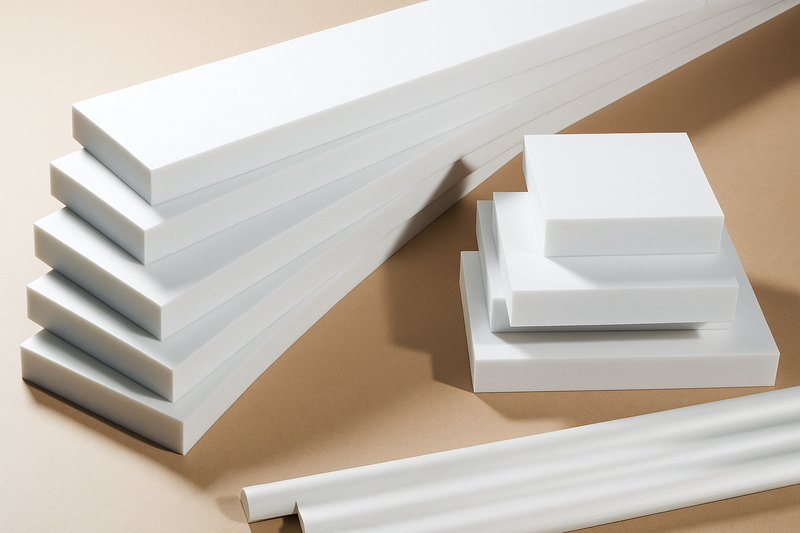When it comes to choosing between rod and sheet PET engineering plastic, there are a few key considerations to keep in mind. Both materials have their own unique properties and advantages, and the best choice will depend on the specific application and the requirements of the project.
First and foremost, it's important to understand the basic properties of each material. PET (polyethylene terephthalate) is a thermoplastic polymer that is known for its excellent strength and stiffness, as well as its high resistance to chemicals and temperature. It is often used in applications that require high durability and long-lasting performance, such as gears, bearings, and electrical components.
Rod and sheet PET engineering plastic are two common forms of this material, and each has its own set of advantages and disadvantages.
Rod PET engineering plastic is a cylindrical shape plastic. It is often used in applications where a long and strong material is needed, such as gears, bearings, and electrical components. Rods can also be machined into a variety of different shapes and sizes, making them a versatile choice for many different applications. They are also often used as a replacement for metal rods in applications where weight and corrosion resistance are important factors.
Sheet PET engineering plastic, on the other hand, is a flat and uniform piece of plastic. It is often used in applications where a flat surface is needed, such as in the manufacture of machine parts, electrical components, and in construction. Sheets can also be cut and machined into a variety of different shapes and sizes, making them a versatile choice for many different applications.
When deciding whether to choose rod or sheet PET engineering plastic, it's important to consider the specific requirements of the application. If a long and strong material is needed, then rod PET engineering plastic may be the best choice. However, if a flat surface is required, then sheet PET engineering plastic may be the better option. Additionally, the cost of each material should also be taken into account, as rod PET engineering plastic can be more expensive than sheet plastic, due to the added manufacturing process.
Another important consideration is the chemical resistance of the material. PET engineering plastic is known for its excellent chemical resistance, which makes it a great choice for applications that will come into contact with harsh chemicals. However, it's important to keep in mind that different grades of PET can have different levels of chemical resistance, so it's important to choose the right grade for the specific application.
When it comes to temperature resistance, PET engineering plastic is also an excellent choice. It has a high glass transition temperature, which means that it can withstand high temperatures without deforming or losing its strength. This makes it a great choice for applications that will be exposed to high temperatures, such as in the automotive and aerospace industries.
The environmental impacts of the material must be considered. PET engineering plastic is a thermoplastic polymer, which means that it is a type of plastic that can be melted and remoulded. This makes it an environmentally friendly choice, as it can be recycled and used again.
In summary, when deciding whether to choose rod or sheet PET engineering plastic, it's important to consider the specific requirements of the application, the cost of the material, and the chemical and temperature resistance. Additionally, the environmental impact of the material should also be taken into account. Rod PET engineering plastic is a great choice for applications that require a long and strong material, while sheet PET engineering plastic is a great choice for applications that require a flat surface.








